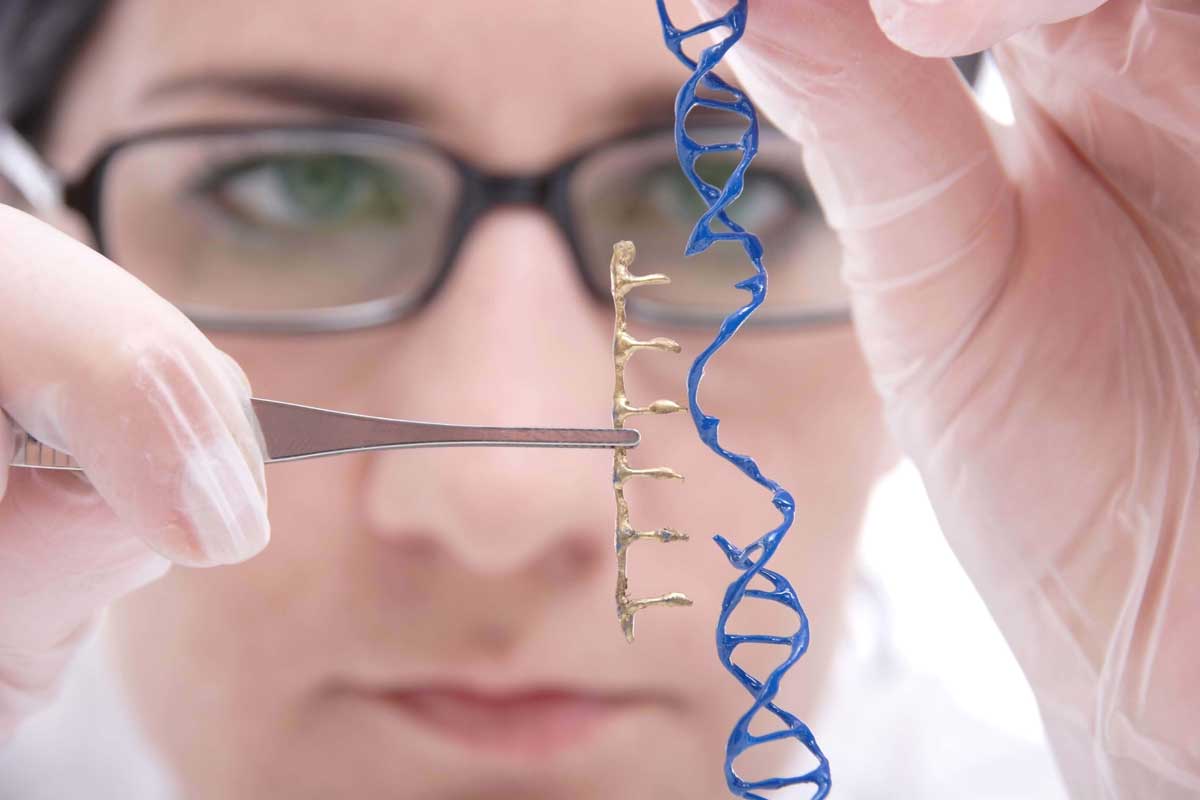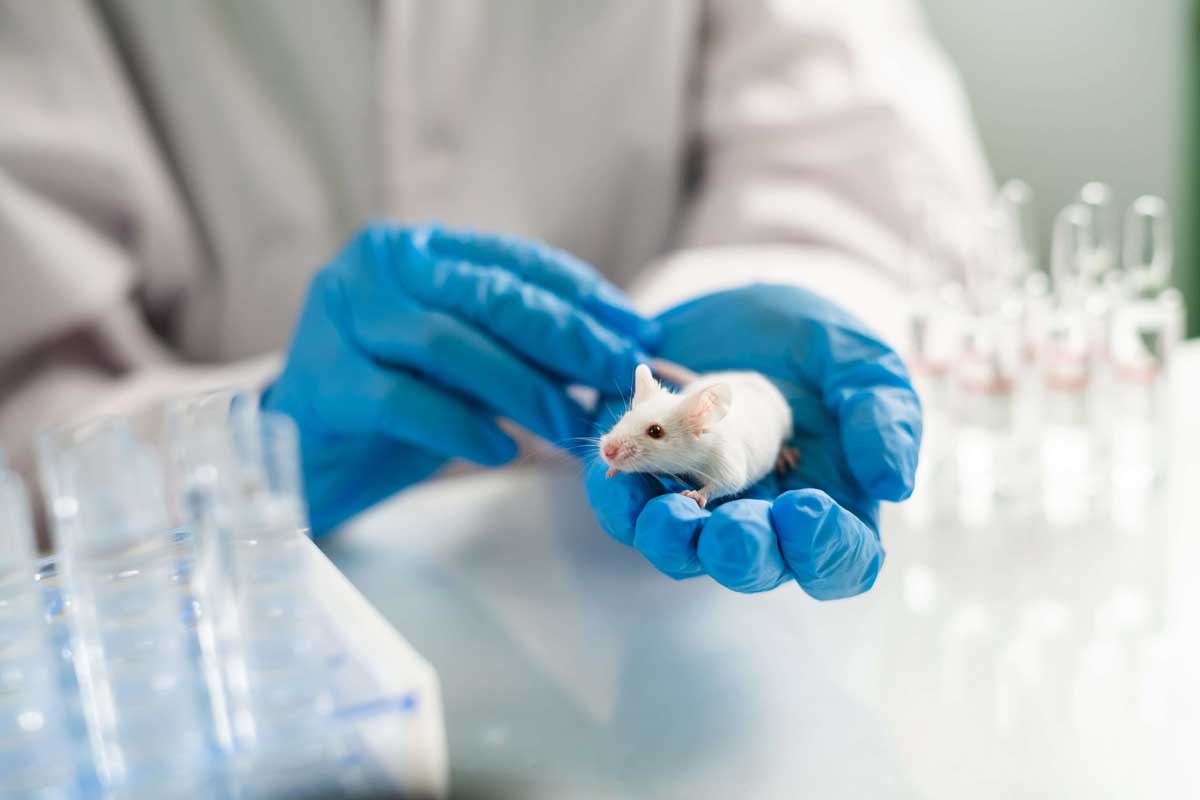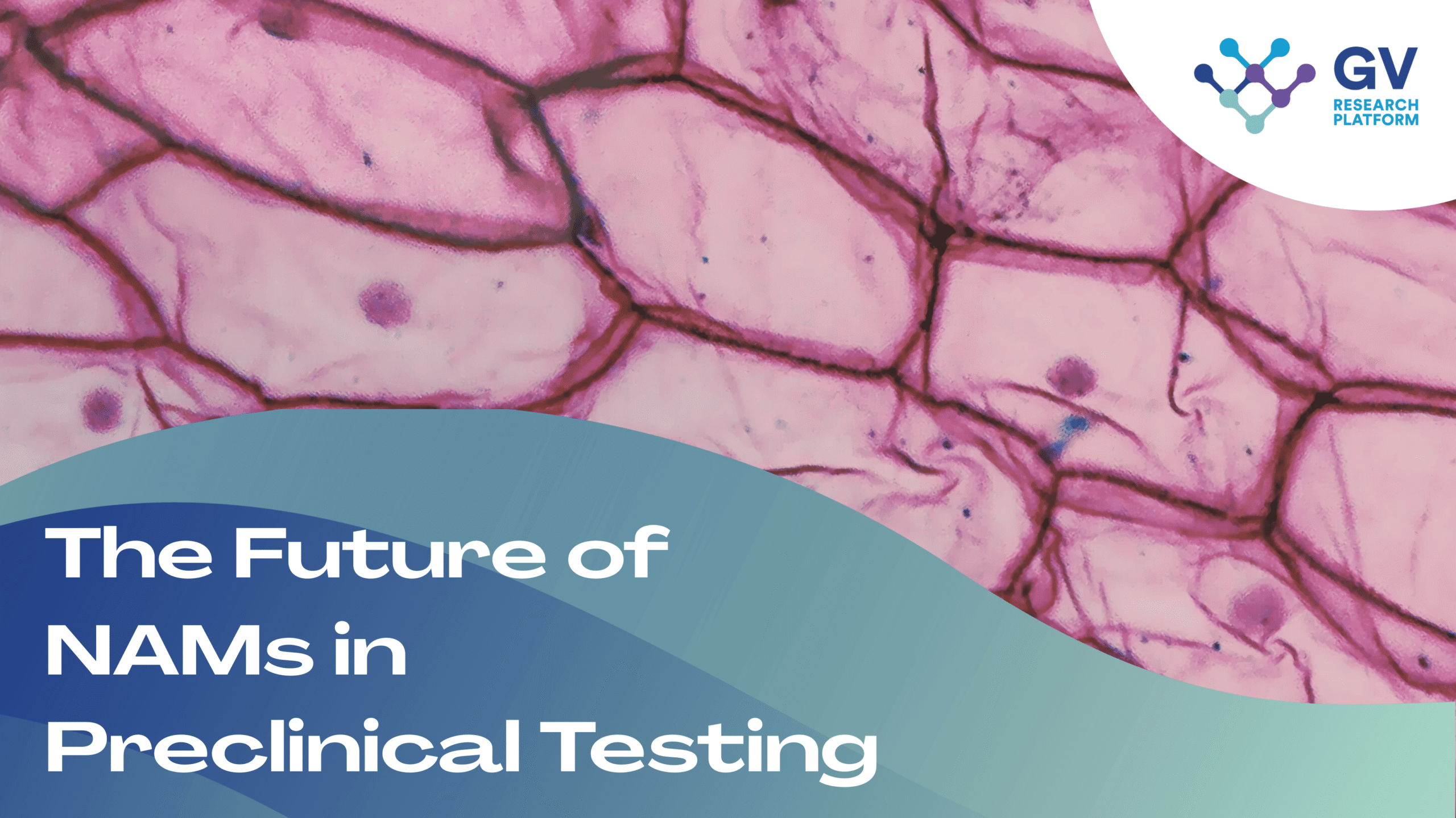A Shifting Landscape in Preclinical Research
In recent years, the life sciences industry has been undergoing a quiet but powerful transformation. The way we discover and develop medicines is evolving — becoming faster, smarter, and more closely aligned with human biology. As part of the preclinical research space, I see this change unfolding every day, and it is both exciting and necessary.
The Enduring Role of Research Models
For decades, research models have been the backbone of preclinical testing. They have guided discoveries, offered critical insights into disease biology, and enabled the development of life-saving therapies. Even today, they remain indispensable — providing a foundation without which progress would not be possible.
At the same time, it is important to acknowledge that no single approach is perfect. Research models, while powerful, are resource-intensive and not always predictive of human outcomes. This recognition is what has encouraged the industry to explore complementary approaches that can add depth and perspective to existing practices.
Enter New Approach Methodologies (NAMs)
This is where New Approach Methodologies, or NAMs, come into the picture. NAMs is an umbrella term for a range of innovative tools and technologies that aim to supplement traditional approaches to preclinical testing. These include organoids that mimic human tissues, organ-on-chip systems that replicate organ-level functions on microfluidic devices, and advanced computational or AI-driven models that can simulate complex biological responses.
Real world innovations like Nexel’s Cardiosight-S® — iPSC-derived cardiomyocytes that mirror human heart physiology — are opening new doors. By enabling researchers to study cardiac safety in a human-relevant system, they address gaps left by older methods and bring us closer to more predictive, patient-centered testing.
Why NAMs Matter
The strength of NAMs lies not in replacing research models, but in expanding the possibilities of what preclinical testing can achieve. Organoids allow researchers to study patient-specific biology, offering new opportunities in personalized medicine. Organ-on-chip platforms can replicate organ-level interactions under controlled conditions, capturing details that research models may not always reflect. Computational tools can analyze large datasets with speed and precision, identifying potential risks or therapeutic opportunities much earlier.
Together, NAMs can help reduce development timelines, optimize resources, and improve the predictability of outcomes — ultimately benefiting both patients and the industry. But they work best when viewed as part of a bigger ecosystem, one where research models and NAMs complement each other to build a stronger foundation for discovery.
India’s Opportunity in NAMs
For India, this moment feels especially significant. Our country has already earned a reputation as a trusted partner in global pharma and research, supported by strong talent, infrastructure, and cost competitiveness. By embracing NAMs early — while continuing to strengthen our expertise in research models — we can set new benchmarks for innovation and position India as a leader in shaping the future of preclinical testing.
The Road Ahead
The path forward will require collaboration. Regulators, researchers, and industry leaders must work together to validate new methods, update standards, and build confidence across the ecosystem. This will not be an overnight change — it is an evolution that depends on trust, data, and global cooperation.
Yet the direction is clear: preclinical science is moving toward approaches that are more human-relevant, more efficient, and more ethically responsible.
A Founder’s Perspective
To me, NAMs represent more than just regulatory shifts or technological advances. They reflect a larger vision: advancing research while staying true to our responsibility toward both people and science.
The future of preclinical testing is not about replacing one method with another, but about building the smartest, most responsible, and most effective path forward — where research models and NAMs work hand in hand to create better outcomes for patients and for the industry.
Written by: Kalyan Korisapati | Co-Founder & CEO
Kalyan is a veteran in the preclinical R&D sector, with over 25 years of experience building all facets of a successful research business from the ground up. Beyond pioneering the first domestic SPF research models in India, he has played a key role in forging global collaborations that have brought cutting-edge innovations to the Indian market, with unrelenting focus on responsible and human-relevant research.







